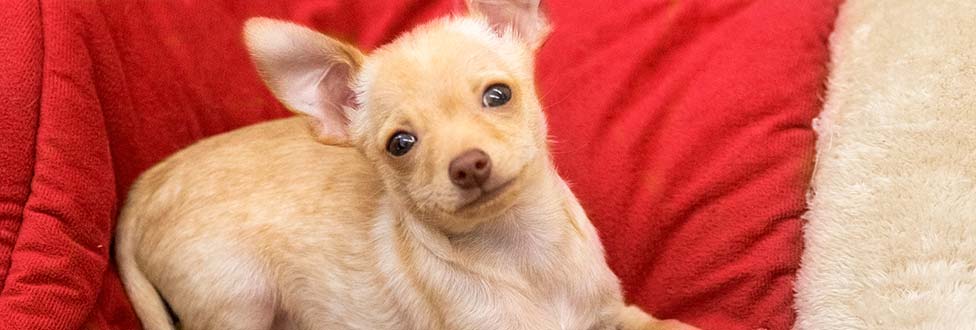Animal Art is Here to Stay
Local Artist Gives Lobby Art on Permanent Loan
Thanks to South End artist, Paula Ogier, the art in our Boston lobby will be staying up indefinitely!
Paula dropped in at the Animal Rescue League of Boston one day in January 2013, just to take a breather from her work and visit the kitties, and she ended up adopting Tippi. “Tippi was a cautious stray who has blossomed into a playful spirit,” says Paula. “The transformation you make in an animal’s life with the gift of a home is more than matched by the magic they bring as a friend and family member.”
Her artwork was originally displayed at the League as part of Washington Gateway Main Street’s temporary Moving Gallery. The goal of displaying artwork here was to liven up the space and create an instant connection with animals before entering the adoption center. After seeing how her art transformed the lobby and receiving so much positive feedback about her artwork, Paula decided to give the collection on permanent loan to the League.
Thank you, Paula for brightening up our lobby and warming the hearts of our visitors, before they even step foot into our adoption center.
Paula paints pet portraits, and also creates art for use on products. View her art or schedule your pet portrait session.



